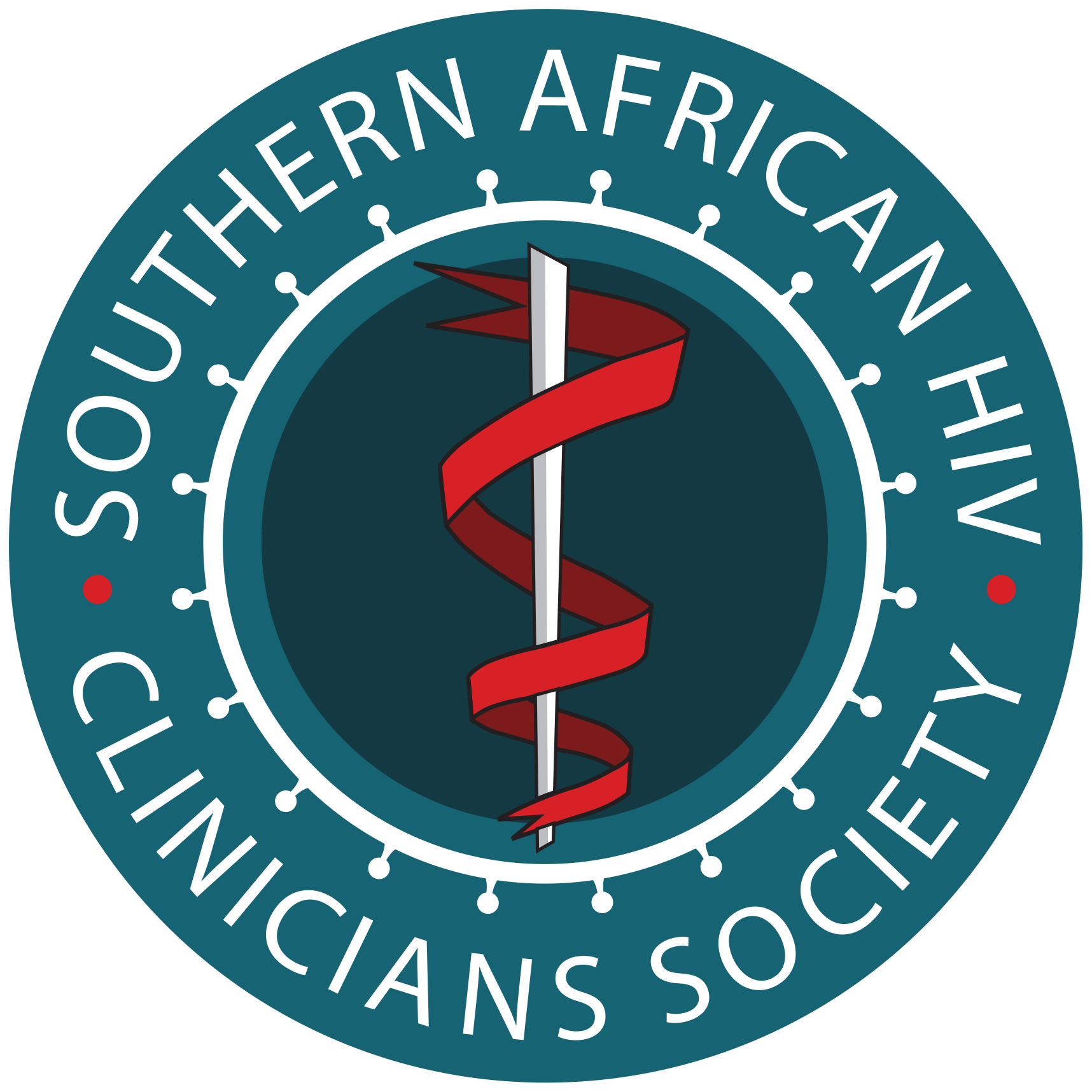ART Guidelines
Table of Contents
How to use these guidelines
Abbreviations
MODULES
1. What’s new the 2023 guidelines update?
2. Nucleoside/nucleotide reverse transcriptase inhibitor class of antiretroviral drugs
3. Integrase strand transfer inhibitor class of antiretroviral drugs
4. Non-nucleoside reverse transcriptase inhibitor class of antiretroviral drugs
5. Protease inhibitor class of antiretroviral drugs
6. Initiation and timing of antiretroviral therapy
7. Baseline investigations
8. Viral load
9. CD4+ cell count
10. Resistance and genotyping
11. Initial antiretroviral therapy regimens for the previously untreated patient
12. Management of patients currently receiving first-line therapy
13. Management of patients starting or currently receiving second-line therapy
14. Third-line antiretroviral therapy
15. Laboratory monitoring of the efficacy and safety of antiretroviral therapy
16. Patients who return after stopping antiretroviral therapy
17. Drug-drug interactions
18. Tuberculosis
19. Pregnancy and breastfeeding
20. Liver disease
21. Renal disease
22. Psychiatric disease
23. Malaria
24. Antiretroviral drug-induced liver injury
25. Dyslipidaemia
26. Immune reconstitution inflammatory syndrome
27. Opportunistic infection prophylaxis
28. Adherence
References
References

LABORATORY MONITORING OF THE EFFICACY
AND SAFETY OF ANTIRETROVIRAL THERAPY
 Key points
Key points - ART efficacy is monitored with VL and CD4+ count – discussed in modules Module 8 and Module 9.
- The key efficacy endpoint in ART is sustained virological suppression with a VL < 50 copies/mL.
- CD4+ count monitoring can be stopped when the CD4+ count is > 200 cells/µL and the VL is suppressed. But repeat CD4+ to guide management if there is virological failure or clinical failure, or if the viral load rebounds above 10 000 copies/mL due to adherence challenges. Also repeat CD4+ count if a patient returns to care after interruption of ART.
- Creatinine monitoring is advised in patients on TDF, and full blood count in patients on AZT.
- In most patients taking PIs, only one lipid measurement is advised (at 3 months) unless dyslipidaemia is diagnosed, or other cardiovascular risk factors are present.
In patients on TDF who are admitted to hospital, it is important to check creatinine (eGFR) even if it does not fall within these monitoring guidelines. This is because intercurrent illnesses with dehydration or sepsis may be associated with deterioration in renal function, in which TDF may act as a co-factor.
Table 17 lists the laboratory investigations and their frequency advised for monitoring of ART safety.
| TABLE 17: Standard laboratory monitoring of patients after commencement of antiretroviral therapy. | |||
| Test† | When | Comments | |
|---|---|---|---|
| Baseline | Ongoing | ||
| VL | Yes | At 3, 6 and 12 months and then 6-12 monthly | If the VL is undetectable for > 12 months, can reduce to 12-monthly monitoring. |
| CD4+ count | Yes | At 6 and 12 months and then 6-monthly At virological/clinical failure | Can be stopped if CD4+ > 200 cells/µL and virologically suppressed. Repeat CD4+ if a patient returns to care after treatment interruption to guide management. |
| FBC and differential count | Yes | Monthly for the first 3 months, then at 6 months | Only for patients on AZT-containing regimens |
| ALT | Yes | No | If baseline ALT is normal, routine monitoring of ALT is not required. If baseline ALT is abnormal or the patient is on other hepatotoxic drugs, continue to monitor |
| Creatinine (eGFR) | Yes | At 3 months, 6 months and then 6-12 monthly | Also at 1 and 2 months in high-risk patients. If symptoms of tubular wasting (e.g. muscle weakness), then also check potassium and phosphate levels |
| TC and TG (ideally fasting) | Not routinely | At 3 months | Only for patients on a PI-containing regimen. If normal at 3 months, reassess only if other cardiovascular risk factors are present. |
| ALT, alanine transaminase; AZT, zidovudine; eGFR, estimated glomerular filtration rate; FBC, full blood count; NVP, nevirapine; TC, total cholesterol; TG, triglycerides; VL, viral load. † These tests should also be done when clinically indicated, based on the discretion of the clinician. | |||

Common pitfall: Not monitoring the VL at least annually.
If VL is not monitored, this can result in delayed detection of ART failure and required interventions resulting in clinical deterioration and increased risk of HIV transmission.
